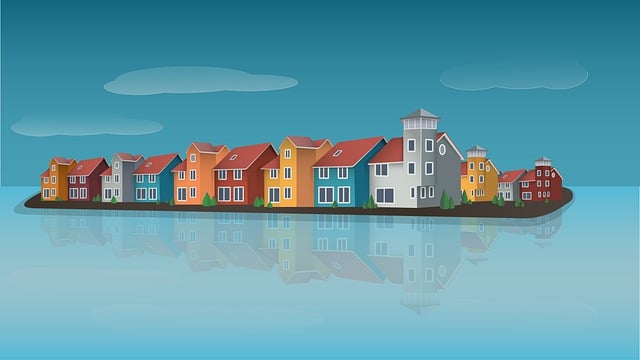A new study challenges the notion that living in America’s wealthiest communities guarantees safety. Research published in Risk Analysis reveals that affluent areas face unique hazards, while the poorest communities struggle with different but equally significant risks.
Natural Disasters Hit Rich Pockets Harder
Rutgers University geographers Michael Greenberg and Dona Schneider compared hazards and risks in the richest and poorest counties and municipalities across all 50 states. Their findings show that wealthy areas face higher economic losses from natural disasters like hurricanes and droughts.
“Relationships between income and the geography of hazards and risks are not that simple,” Greenberg explains. “Low-income areas are burdened by many hazards, yet even the most affluent suburban residents cannot escape the hazards of living near industrial and waste management facilities.”
The study used FEMA’s National Risk Index to assess natural hazard risks. Seven of the ten highest-risk wealthy communities are in California, with Houston, Huntsville, and Oklahoma City rounding out the list. These areas are prone to earthquakes, fires, floods, and tornadoes.
“The wealthiest people often choose to live in places that are dangerous due to natural hazards,” says Greenberg. Southern California’s coastal region, home to some of the nation’s richest neighborhoods, is vulnerable to drought, wildfires, flooding, and landslides.
Poor Communities Face Different but Deadly Risks
While wealthy areas grapple with natural disasters and pollution, the study found that America’s poorest communities face their own set of challenges:
• At least 50% higher suicide rates, homicide rates, and firearm fatalities compared to the national average
• Nearly 40% higher risk of lacking educational achievement
• Lower life expectancy and less access to health services
• Greater social vulnerability and difficulty accessing protective information and services
The researchers hope their analysis will inform government officials allocating funds through programs like Justice40, which aim to support underserved communities.
Greenberg encourages people to learn about their community’s risks using free resources like the EPA’s EJScreen. “You can put a circle around your house and find out all kinds of information,” he says. “Why not educate yourself?”
The study also highlights stark demographic differences between rich and poor areas. For example, in North Carolina, affluent Marvin (85% non-Hispanic white) has an A+ rated school system, while impoverished Enfield (85% African American) struggles with a D-rated system just 260 miles away.
This research provides a nuanced view of risk across America’s economic divide, showing that wealth alone doesn’t guarantee safety from all hazards.


